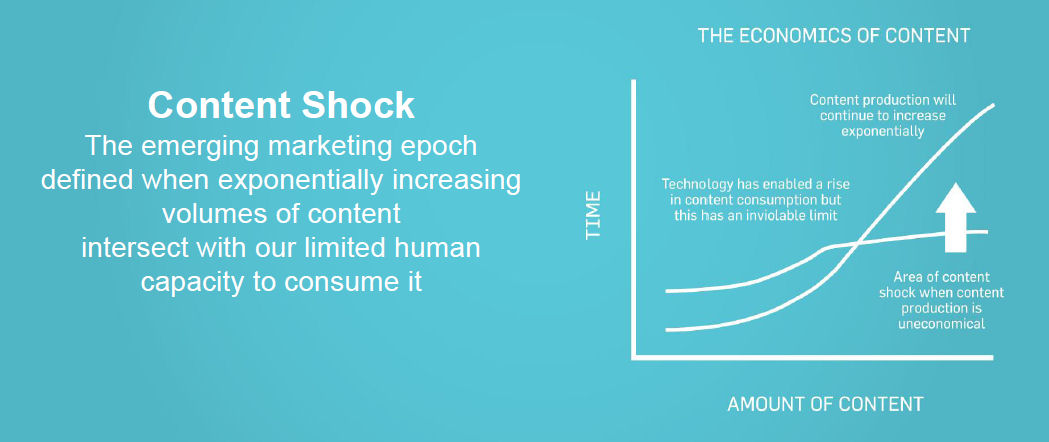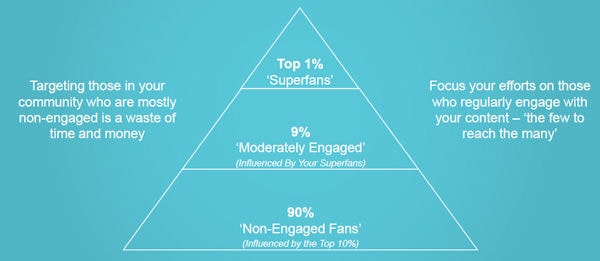Last week PRmoment, in partnership with Waggener Edstrom, put on an event discussing how in the race for content, marketeers have forgotten the importance and potential impact of context.
Having chaired the discussion, it seems to me that often the content produced by brands and businesses is designed to drive outputs - such as Facebook likes, retweets, or eyeballs on a website. However, when content is used within the correct context of its audience, or perhaps within a relevant time frame (for example following a news trend), that content is far more likely to drive real business outputs.
Here is a brief video with some thoughts from our content in context debate:
Content in Context from PRmoment on Vimeo.
Dee Cotgrove, Director of Communications at the Met Office, discussed the numerous social, digital, broadcast and print channels that the Met office uses to distribute its content and information to its audiences. The Met Offices’s content is developed to appeal to the relevant audience within the appropriate channel which creates engagement and informs the public about the weather. Cotgrove summed up their approach: “I’m channel agnostic, I really couldn’t care. If our audience is using a channel, so must we.”
The Met Office's objective is to be trusted, listened to and acted upon. This objective clearly goes to the heart of their communications strategy.
They place a high emphasis on creating integrated communications across multiple channels to multiple stakeholders and audiences. They also ensure that, when relevant, their content is shareable and they have a number of affiliated content programs with trusted partners. This creates income and increases audience.
Gareth Davies, Head of Studio D at Waggener Edstrom, discussed why levels of engagement across digital platforms are falling. Gareth talked about the concept of content shock: The idea that although the technology is there for an infinite amount of content to be produced, as human beings we only have limited capacity to absorb it.
Content shock: Why is context marketing important?

Image taken from a presentation by Waggener Edstroms's Gareth Davies
As content volume increases so there will be a gap between the amount of content produced and the amount that humans can absorb.
To move forward from this over supply of content, businesses must create content more relevant to their audiences. As individuals we choose whether to engage with content and the fact that we like a brand does not mean we want to talk to it.
For me, if they want to engage, businesses and brands must produce interesting information or entertainment relevant to my tastes, and if the content and/or business is relevant to me I am more likely to become be a customer of that business.
Interestingly Gareth also argued that brands should target their top 1% of superfans. Targeting those in your community who are mostly not engaged is a waste of time and money. Whilst businesses and brands are unlikely to engage directly with the vast majority of your audience, your superfans will influence most of your community for you.
The Content Influencer Pyramid

Image taken from a presentation by Waggener Edstroms's Gareth Davies
Most businesses have a top 1% of superfans followed by a circa 10% of people who are moderately engaged. These moderately engaged consumers will be influenced by the superfans and the rest of the 90% non-engaged fans will be influenced by the top 10%.
Clearly the importance of insight analytics and evaluation is vital for this approach to work.
PR Masterclass: The Intersection of PR and GEO
Join PRmoment for a Masterclass featuring 10 of the industry’s foremost experts. You will walk away with a clear, actionable strategy for adapting your content to an AI-first search environment.
Taking place on Wednesday 25th February in London, both virtual and in person tickets are available.
Early bird ticket sale ends Friday 9 January.
PR MasterclassIf you enjoyed this article, sign up for free to our twice weekly editorial alert.
We have six email alerts in total - covering ESG, internal comms, PR jobs and events. Enter your email address below to find out more:









